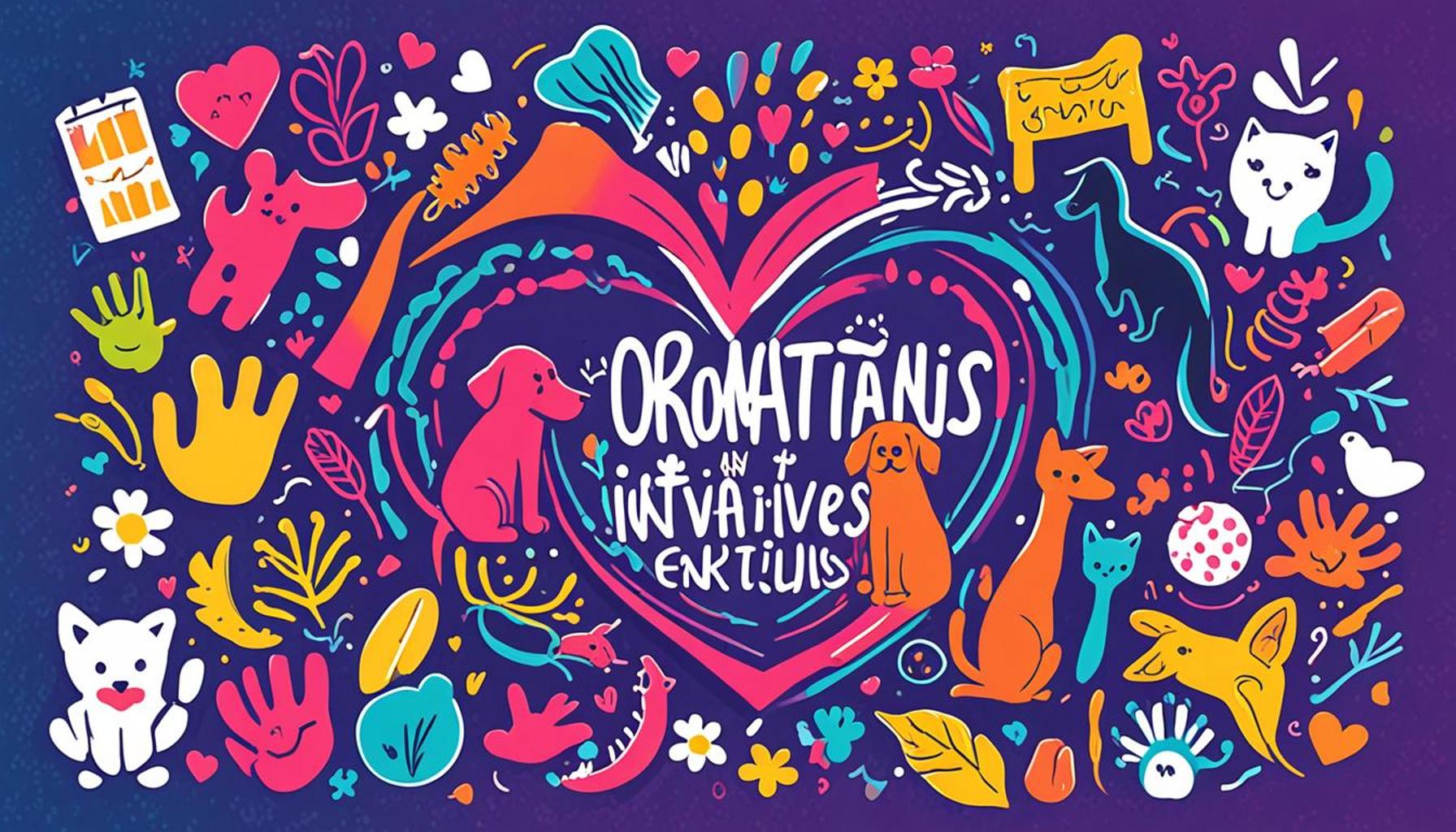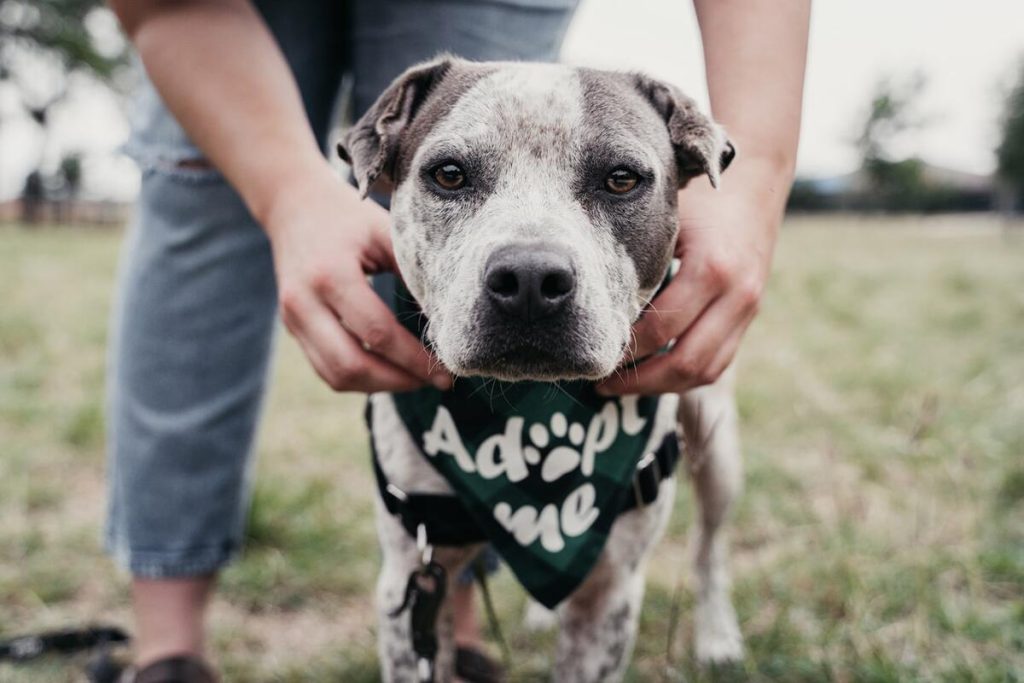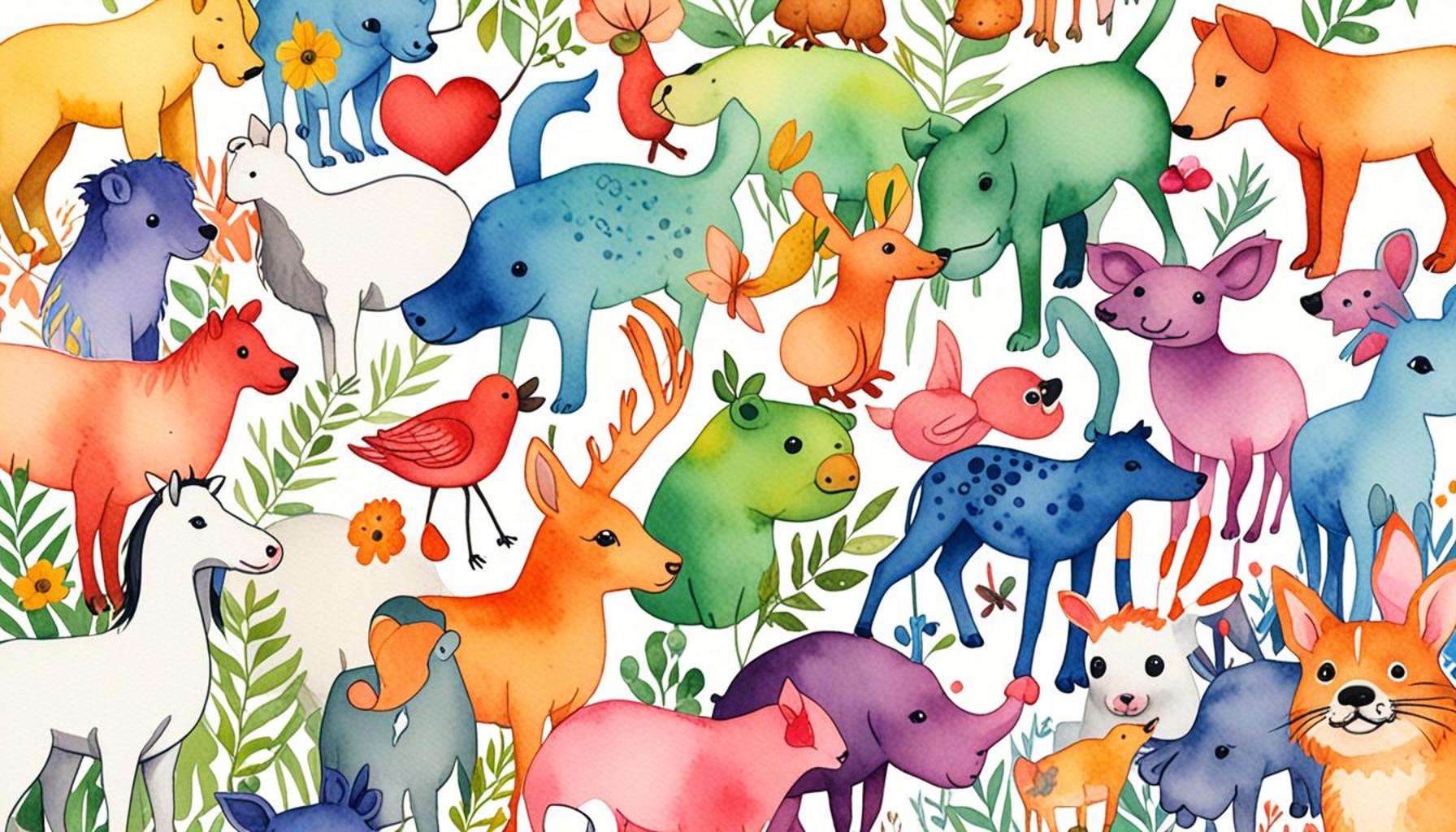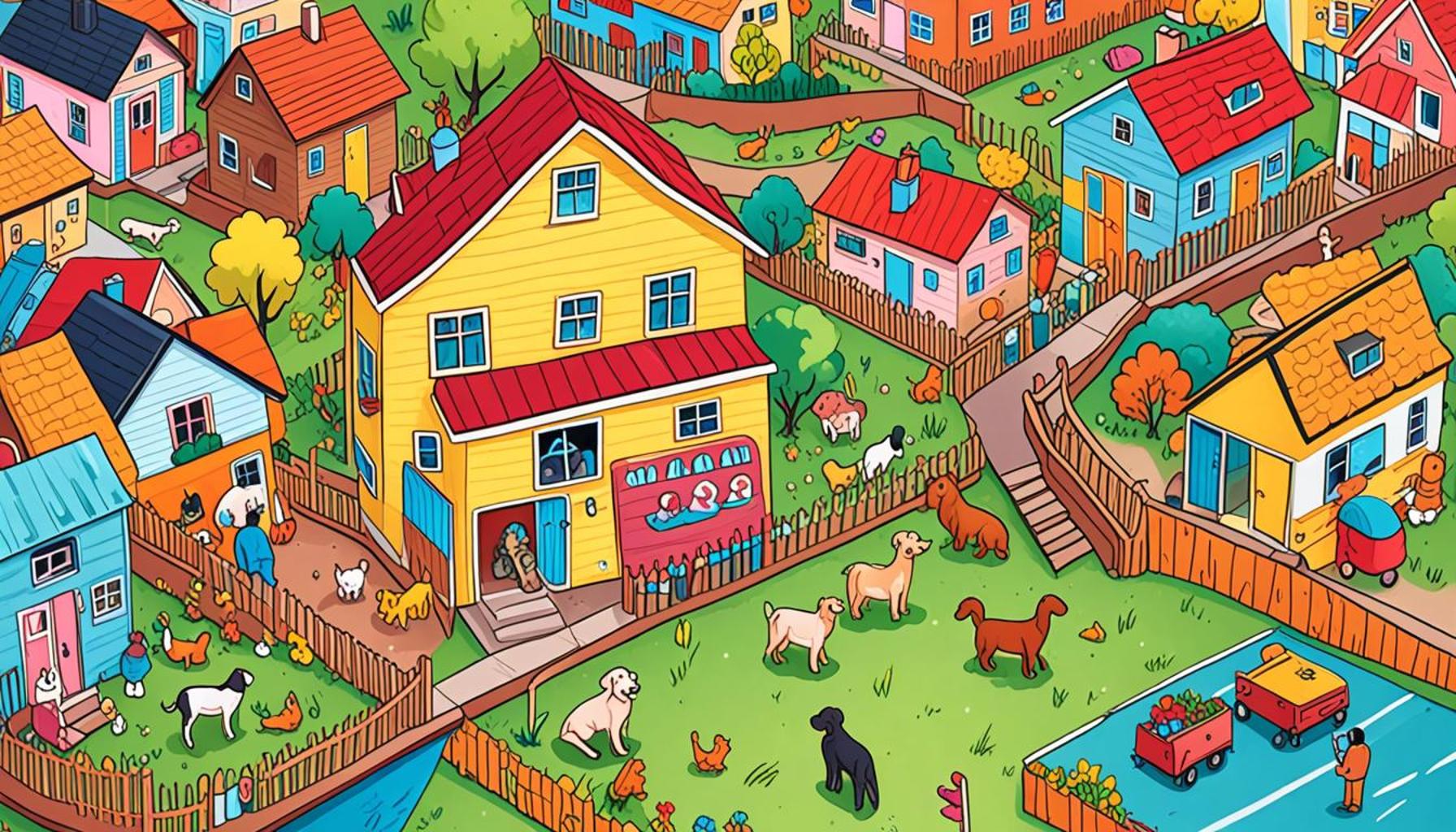Community Organizations for Pet Adoption A New Adopters Guide

Understanding the Role of Community Organizations in Pet Adoption
Every year, millions of animals find themselves in shelters, waiting for a loving home. The importance of community organizations in facilitating pet adoption cannot be overstated. These groups create connections between potential adopters and animals in need, ensuring a brighter future for countless pets.
For new adopters, navigating the world of pet adoption can be overwhelming. It’s crucial to understand the resources available to help make informed decisions. Here are a few key aspects to consider:
- Support Systems: Many organizations provide guidance on pet care and adoption processes.
- Awareness Campaigns: Community initiatives often raise awareness about the benefits of adopting over buying pets.
- Events and Activities: Adoption fairs and community events facilitate direct interaction with animals in need of homes.
This article will dive into the Top 5 community organizations that stand out in their mission to promote animal adoption. Prepare to discover how these dedicated groups can help turn your dream of becoming a pet owner into a rewarding reality.
DISCOVER MORE: Click here for tips on enriching your cat’s night routine
Top 5 Organizations and Community Initiatives Facilitating Pet Adoption: A Guide for New Adopters
Adopting a pet is not only a wonderful opportunity to welcome a new furry friend into your home, but it also significantly contributes to the welfare of animals in need. Across the globe, numerous organizations and community initiatives are dedicated to facilitating pet adoption. Below, we dive into the top five organizations and initiatives that make pet adoption easier and more accessible for everyone.

5. Local Animal Shelters
Local animal shelters are the backbone of the pet adoption community, serving their local populations by providing safe havens for animals. These establishments typically house a variety of animals, from cats and dogs to rabbits and other small mammals. Local shelters play a crucial role in managing stray and abandoned animal populations, providing them with shelter, food, and veterinary care.
One of the most vital functions of these shelters is conducting outreach programs and workshops to educate the community about animal welfare and the adoption process. These events help dispel myths about shelter animals and highlight the advantages of adoption, such as reduced fees compared to buying from breeders and assurances that animals have been vaccinated and spayed or neutered.
Volunteers are often the lifeline of local shelters. They assist in caring for the animals, organizing adoption events, and even fostering animals that need special care. Through these efforts, shelters help animals get a second chance at finding a loving home. To find a shelter near you, visit the Petfinder website, which lists numerous shelters across the nation.
4. Nonprofit Animal Rescue Groups
Nonprofit animal rescue organizations specialize in rescuing and rehabilitating animals in dire situations. Unlike local shelters, these groups often rely entirely on volunteers and foster homes to manage the animals in their care. Foster homes provide a more relaxed environment where animals can recover from trauma and get accustomed to living in a household setting.
These rescue organizations often focus on specific missions, such as saving animals from high-kill shelters, rescuing injured animals from hazardous environments, or providing fostering and adoption opportunities for specific breeds. Such focused missions allow them to offer specialized care and support for the animals they save.
Community engagement is a priority for these groups. They conduct events to raise awareness about the importance of adoption and responsible pet ownership. An excellent example is the ASPCA’s community initiatives, which aim to foster connections with local communities while providing resources and support for new pet owners. Through these activities, they help highlight the critical role every individual can play in the practice of ethical and compassionate pet ownership.
3. Adoption Events and Pet Fairs
Joining the list are adoption events and pet fairs, which serve as lively venues for connecting potential adopters with pets in need. These events often gather various shelters and rescue organizations to showcase their animals, providing a direct and interactive experience for adopters. By creating a casual meet-and-greet atmosphere, these events allow potential adopters to interact with animals in a fun and relaxed setting.
Adoption events also emphasize education on responsible pet ownership. Participants can attend workshops and demonstrations that cover topics ranging from basic training tips to insights on pet health and wellness. Activities such as raffles and contests make the event enjoyable and engaging for everyone involved.
Websites like AdoptAPet.com frequently list upcoming adoption events where individuals can meet a variety of animals and learn more about the adoption process. These gatherings not only facilitate adoptions but also enhance community involvement in animal welfare.
2. Online Adoption Platforms
In today’s digital era, online adoption platforms have become invaluable tools in connecting people to adoptable pets. These platforms offer comprehensive databases that allow potential adopters to search for animals based on various criteria such as type, breed, age, and location. This level of accessibility allows individuals to find a pet that perfectly matches their lifestyle and family dynamics.
Examples of popular online adoption platforms include Petfinder and AdoptAPet. These sites collaborate with numerous shelters and rescues to expand their reach and improve the adoption experience for users. The platforms often provide additional resources, such as guides on animal care, behavior training, and health tips, to ensure adopters are well-prepared to welcome their new pet.
By engaging with these online platforms, potential adopters can access valuable information about various animals and even arrange virtual meetings before making a personalized visit. This innovative approach enables more informed decisions and increases the likelihood of successful pet adoption.
1. Community Outreach Programs
Topping our list are community outreach programs, which are designed to foster awareness and drive community engagement in pet adoption. These initiatives are often spearheaded by local governments and nonprofits that focus on animal welfare, aiming to educate the public on topics like responsible pet ownership and the benefits of adopting rather than purchasing pets from breeders.
Community outreach programs play a critical role in changing public perceptions and cultivating a culture of adoption. These programs often include activities such as free or low-cost spay/neuter clinics, TNR (trap-neuter-return) efforts for feral cats, and educational visits to schools and community centers.
An informed community is an empowered community. By participating in outreach programs, individuals can gain the knowledge and skills necessary to become successful pet owners. Such programs help to ensure that pets are not only adopted but that they stay in loving, responsible homes for the rest of their lives.
As you embark on your journey to adopt a pet, consider exploring these top organizations and initiatives. Each one is dedicated to making the adoption process smoother while advocating for animal welfare, ensuring that both pets and new owners can form lasting bonds.
| Category | Details |
|---|---|
| Local Adoption Events | These events bring together various animals from shelters and rescue organizations, providing a platform for potential adopters to meet their future pets in a friendly environment. |
| Community Support Groups | These groups not only offer advice on the adoption process but also provide mentoring for first-time adopters, assuring that they are well-prepared to welcome a new animal into their lives. |
| Partnerships with Local Businesses | Many organizations collaborate with local businesses to offer discounts for adopters, making it more affordable to provide for a new pet and encouraging community involvement in animal welfare. |
| Education and Training Programs | Workshops and seminars aimed at educating potential adopters about pet care, behavior management, and health considerations are invaluable for ensuring successful adoptions. |
DISCOVER MORE: Click here for essential tips on choosing the perfect carrier for your cat!
Frequently Asked Questions about Community Organizations and Initiatives for Pet Adoption
What are the key benefits of adopting a pet through community organizations?
Adopting a pet through community organizations offers several benefits. These organizations often have a thorough understanding of each animal’s background, ensuring that potential adopters get comprehensive information about their future pet. Additionally, these groups usually provide vaccination, spaying or neutering services, and health check-ups before the adoption process is completed, so adopters can be assured of the pet’s health and well-being. Furthermore, such organizations focus on responsible placements by evaluating the compatibility between the adopter and the pet.
How do these community initiatives contribute to animal welfare?
Community initiatives play a crucial role in improving animal welfare by reducing the number of homeless pets through adoption events and programs. They often work in collaboration with shelters and local authorities to rescue animals from impoverished conditions or neglect. By conducting outreach and educational campaigns, these organizations promote better pet care practices and help to lower the rates of animal abandonment.
What kind of support can new adopters expect from these organizations?
New adopters can expect a range of support services from community organizations, designed to facilitate a smooth transition for both the pet and the owner. This can include post-adoption counseling, training resources, and behavioral guidance to help address any issues that may arise. Many groups also provide access to networks of veterinarians, trainers, and pet enthusiasts, fostering a community where adopters can seek advice and share experiences.
Is there a cost associated with adopting a pet from these organizations?
While many community organizations charge a modest adoption fee, these fees generally include crucial services like vaccinations, microchipping, and spaying/neutering of the pet. This fee helps offset the costs associated with caring for the animals and supports the ongoing efforts of the organizations to save more lives. It’s advisable for potential adopters to inquire about the specific fees and services bundled within them, which often represent significant savings compared to similar services acquired independently.
How can someone get involved with these organizations if they are not ready to adopt?
For those who might not be ready to adopt, there are numerous ways to get involved. Volunteering is a great way to support these organizations by helping with animal care, participating in events, or contributing to administrative tasks. Additionally, community members can assist by fostering animals temporarily, donating funds or supplies, and spreading awareness about the benefits of adoption within their networks. Every contribution, no matter how small, aids in enhancing the mission of these vital community initiatives.
DISCOVER MORE: Click here to learn how to introduce your puppy to other dogs</p
Conclusion
The journey towards pet adoption is a path filled with compassion, responsibility, and a profound connection to our furry companions. This article explored the essential services and support provided by community organizations, which play a pivotal role in facilitating animal adoptions. These entities help bridge the gap between abandoned pets and loving homes, ensuring that each adoption is a success for both the pet and the adopter.
Community organizations are integral in spreading awareness about the importance of adopting rather than buying pets, emphasizing the ethical and humane aspects of this choice. They offer resources and guidance to new adopters, simplifying the process while educating them on what to expect and how to prepare for their new family member. The article highlighted the diversity in these initiatives, from local shelters to large-scale national campaigns, all united in a common goal: providing homes for animals in need.
Moreover, key takeaways include understanding the responsibilities that come with pet adoption, such as the commitment it demands and the joy it can bring. The initiatives covered in this article vary in scope, but all provide critical support like pre-adoption counseling, training workshops, and post-adoption follow-ups to ensure a seamless transition.
In conclusion, by choosing to adopt through these community organizations, one becomes an active participant in addressing animal homelessness. It’s not just about adding a pet to your family; it’s about becoming part of a much larger movement with a profound impact. For prospective adopters, diving deeper into each organization’s unique offerings can unveil a wealth of information and support, setting the stage for a successful and enriching adoption experience.


